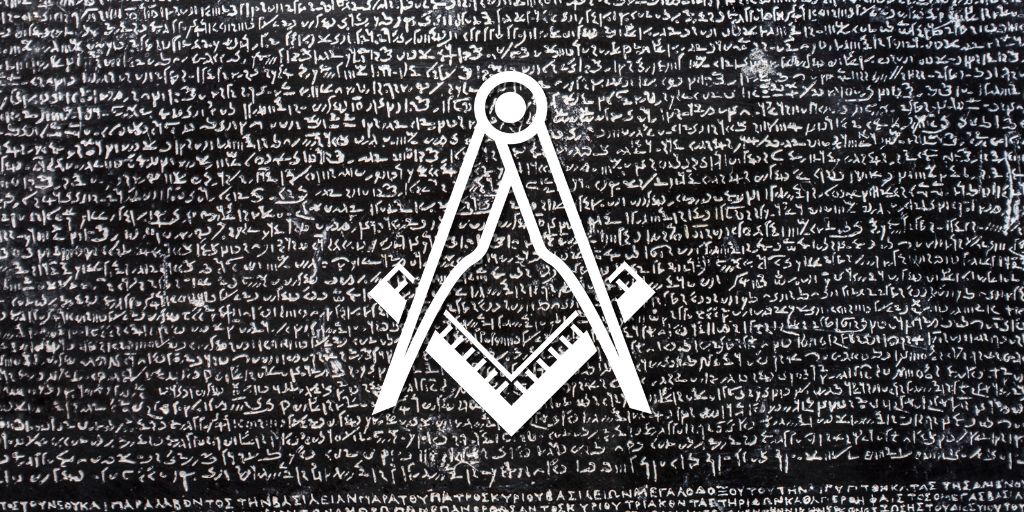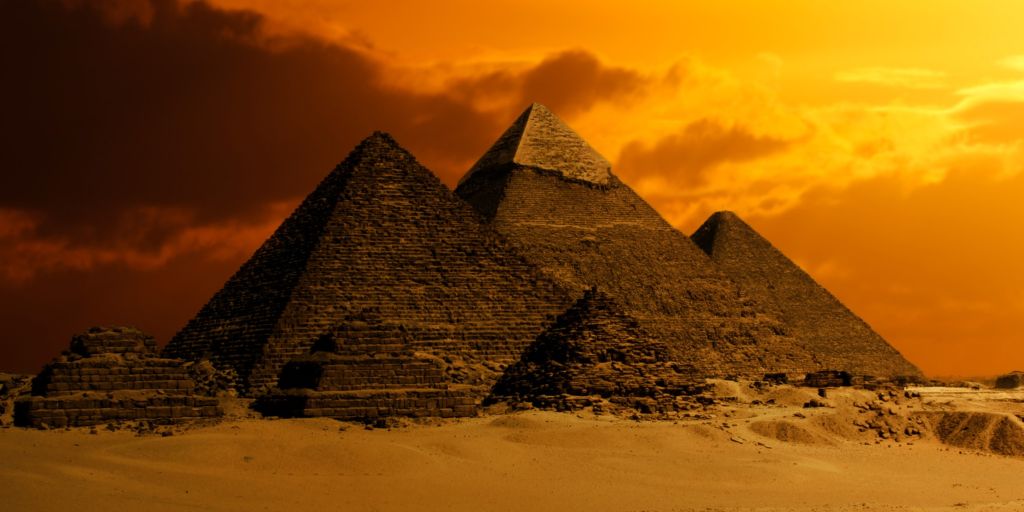The Rosetta Stone is not a Masonic artifact.
It is a granite stone with inscriptions in three different scripts (Egyptian hieroglyphics, Demotic, and Ancient Greek) that was discovered in 1799 by French soldiers in the Egyptian city of Rashid (also known as Rosetta).
It was later used as the key to deciphering Egyptian hieroglyphics, which had been a mystery for centuries. The Rosetta Stone has nothing to do with the Freemasons, which is a fraternity that originated in the 18th century, long after the stone was created.

Why is the Rosetta Stone Important?
The Rosetta Stone is important because it contains inscriptions in three different scripts: Egyptian hieroglyphics, Demotic, and Ancient Greek.
Hieroglyphics were the writing system of ancient Egypt and were used for inscriptions on temples, tombs, and other monuments.
However, the meaning of the hieroglyphic script had been lost over time, and no one could read it.
The discovery of the Rosetta Stone allowed scholars to decipher hieroglyphics because the same text was inscribed in the other two scripts, which were already understood.
This made it possible to finally understand the meaning of the hieroglyphic inscriptions and learn more about ancient Egyptian history and culture.
What is Inscribed on the Rosetta Stone?
The text inscribed on the Rosetta Stone is a decree issued by King Ptolemy V of Egypt in 196 BC. The decree is written in three scripts: Egyptian hieroglyphics, Demotic, and Ancient Greek.
The hieroglyphic text contains a list of honors and privileges that the king granted to the priests of the temple of the god Ra-Horakhty in the city of Memphis.
The Demotic text is a slightly different version of the same decree, and the Greek text is a translation of the hieroglyphic and Demotic versions.
Together, these three versions of the decree provide important information about the political and religious climate in Egypt at the time the Rosetta Stone was created.
In what ways did the Rosetta Stone contribute to our understanding of ancient Egypt?

The Rosetta Stone contributed to our understanding of ancient Egyptian history and culture in several ways.
Firstly, the inscriptions on the stone provided important information about the political and religious climate in Egypt at the time it was created.
The decree inscribed on the stone, which was issued by King Ptolemy V, lists the honors and privileges granted to the priests of the temple of the god Ra-Horakhty in the city of Memphis.
This gives us a glimpse into the relationships between the rulers and the religious institutions of ancient Egypt.
Secondly, the Rosetta Stone played a crucial role in deciphering hieroglyphics, the writing system of ancient Egypt. Prior to the discovery of the stone, hieroglyphics had been a mystery for centuries and no one could read them.
The Rosetta Stone provided the key to deciphering hieroglyphics because the same text was inscribed in three different scripts: hieroglyphics, Demotic, and Ancient Greek.
By comparing the different versions of the text, scholars were able to figure out the meaning of the hieroglyphic inscriptions and finally understand the written language of ancient Egypt.
Finally, the discovery of the Rosetta Stone helped to advance the field of Egyptology, the study of ancient Egyptian history and culture.
The decipherment of hieroglyphics made it possible for scholars to read and understand a vast amount of historical and cultural information that had previously been hidden in the hieroglyphic inscriptions on temples, tombs, and other monuments.
This has allowed us to learn much more about the history, culture, and beliefs of the ancient Egyptians and has greatly expanded our understanding of this fascinating civilization.
Are There Any Masonic Symbols on the Rosetta Stone?
No, there are no Masonic symbols on the Rosetta Stone either.
As I mentioned earlier, the Rosetta Stone is a granite stone with inscriptions in three different scripts (Egyptian hieroglyphics, Demotic, and Ancient Greek), which were used by the ancient Egyptians to record their history and culture.
Freemasonry, on the other hand, is an organized fraternity that originated in the 18th century and uses certain symbols, such as the Square and Compasses, in its rituals and symbolism.
The Rosetta Stone predates the Freemasons by thousands of years and has no connection to them.